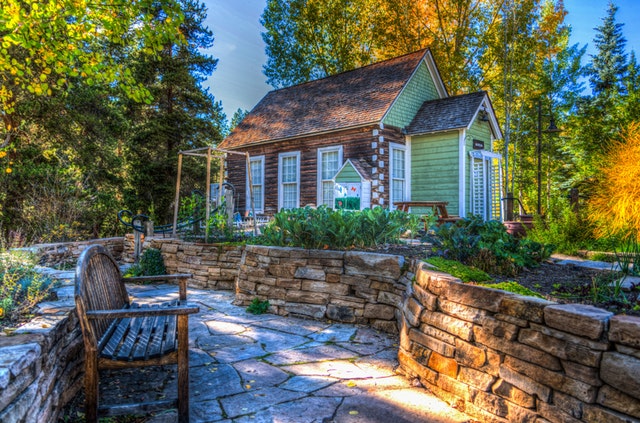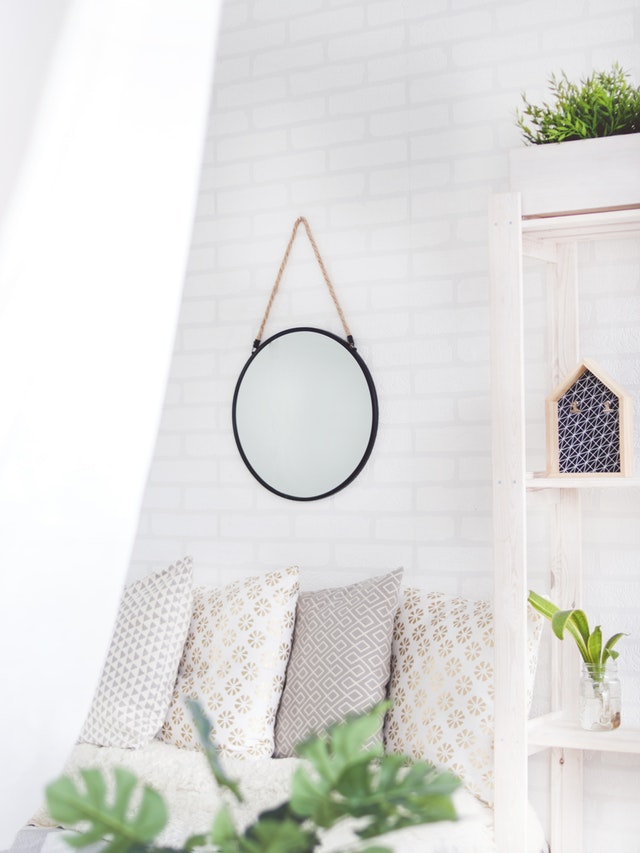Home Trends Includes Natural Mindfulness Designs
 Urban and suburban life offers wonderful conveniences and cultural benefits. But a downside that many families are experiencing is the pervasive use of electronics and disconnectedness from nature.
Urban and suburban life offers wonderful conveniences and cultural benefits. But a downside that many families are experiencing is the pervasive use of electronics and disconnectedness from nature.
These lifestyle deficiencies have increased the popularity of yoga and meditation and the practice of mindfulness is topping the covers of national magazines. Everyday mothers and fathers are also working hard to engage their children in outdoor activities and nature. These things require an ongoing effort on top of already packed schedules. That’s why mindful home designs that bring nature into your living space have been trending.
Origins Of Mindful Home Design
There are plenty of home fads that come and go. Some may remember the intense oranges of the 1970s or tiles that covered over lush hardwood floors. Yikes.
One of the founders of the nature-infused home movement was America’s beloved architect Frank Lloyd Wright. His acclaimed Fallingwater marvel was built in 1935 directly on top of a waterfall. The design incorporated natural stone and timber in a way that brought the outdoors living experience into the home. The southwest Pennsylvania wonder forms the basis for the recent trend to incorporate natural elements into living spaces.
The idea that connectedness to nature improves mindfulness has been supported by a wealth of research. The Japanese use “forest bathing” as a way to feed the mind and spirit. The basic idea goes hand in hand with Wright’s architectural thinking that human senses benefit from a direct and discernable connection to nature.
Studies have shown that patients recovering from illness or surgery demonstrate marked health improvement through natural immersion. But the practical question is: how does this trend benefit everyday homeowners?
Natural Homes Improve Mindfulness
It’s not practical to bring an entire forest into your home. But creating semi open-air spaces go a long way to enhancing an outdoor feeling.
Many homes are including semi-enclosed spaces constructed from natural timbers, stone flooring and rich plant life that emulate the positive effects nature has on the human psyche. Although subtle, they help reduce the nature deficiency experienced by many tech-oriented adults and children.
By working with materials that further the experiences of nature’s sights, sounds, touches, smells and even tastes in some cases, living environments are bringing a touch of the natural world home.
When considering a remodeling project or new construction, consider looking at the ideas of Frank Lloyd Wright’s Fallingwater project and contemporary home designers about infusing nature into your everyday life.
When you have decided what you want, the next step is to secure your financing. Contact your trusted mortgage professional to help you find the best options for you.

 You can make the most of a small home with smart design strategies and careful planning.
You can make the most of a small home with smart design strategies and careful planning. Last week’s economic reports included readings from Case-Shiller, Commerce Department reports on pending home sales and construction spending and an FOMC statement. Labor sector reports on job creation and the national unemployment rate were released along with the monthly Consumer Confidence Index. Weekly reports on mortgage rates and first-time jobless claims were also released.
Last week’s economic reports included readings from Case-Shiller, Commerce Department reports on pending home sales and construction spending and an FOMC statement. Labor sector reports on job creation and the national unemployment rate were released along with the monthly Consumer Confidence Index. Weekly reports on mortgage rates and first-time jobless claims were also released. A-Frame houses have spiked in popularity over the last couple of years. These adorable homes can be quirky or sleek and modern. They are shaped like a triangle — hence the name. A-Frame houses are shaped like the letter A. The walls begin near the foundation and slope upwards in a slant. The walls meet at the top to form a triangle or A-shape.
A-Frame houses have spiked in popularity over the last couple of years. These adorable homes can be quirky or sleek and modern. They are shaped like a triangle — hence the name. A-Frame houses are shaped like the letter A. The walls begin near the foundation and slope upwards in a slant. The walls meet at the top to form a triangle or A-shape.  Home improvements are key investments when it comes to quality of life and property value. While decks, solar panels and smart technologies are trendy options, installing a home generator may be even more valuable. That’s because backup generators not only improve market value, they also protect you and your home during severe weather incidents.
Home improvements are key investments when it comes to quality of life and property value. While decks, solar panels and smart technologies are trendy options, installing a home generator may be even more valuable. That’s because backup generators not only improve market value, they also protect you and your home during severe weather incidents.